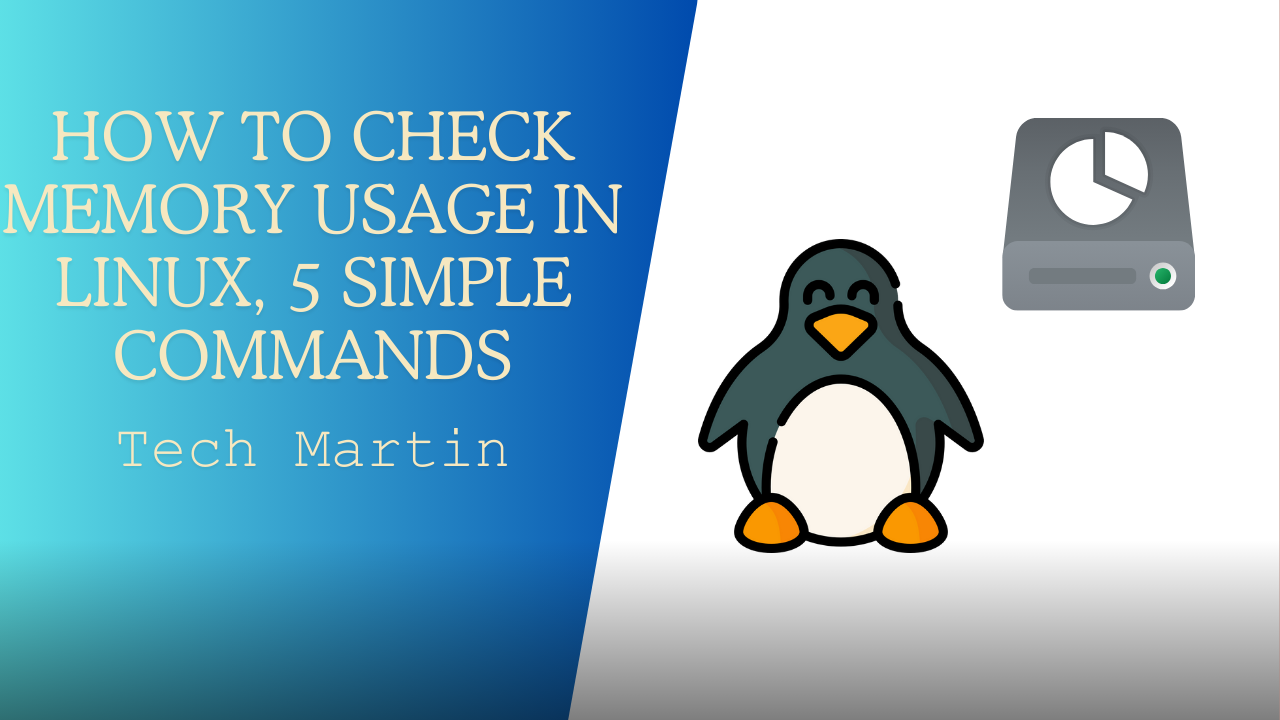
Introduction:
Understanding and monitoring memory usage on a Linux system is crucial for ensuring optimal performance and stability. In this guide, we’ll explore various methods to check memory usage on Linux systems.
1. Using the free Command:
The `free` command is a simple and effective way to check memory usage in Linux. Open a terminal and type:
free -m

This command displays memory usage in megabytes. The output includes total, used, free, and cached memory.
2. Viewing Memory Usage with top:
Another useful command-line tool is `top`, which provides real-time information about system processes, including memory usage. To launch `top`, type:
top
In the memory section of the `top` output, you’ll see information about total memory, used memory, free memory, and cached memory.
3. Displaying Memory Usage with htop:
`htop` is an interactive process viewer similar to `top` but with an improved user interface. It provides a color-coded display of memory usage, making it easier to identify resource-intensive processes. Install `htop` if it’s not already installed, then run:
sudo apt install htop # For Debian/Ubuntu
sudo yum install htop # For CentOS/RHEL
After installation, launch `htop` by typing `htop` in the terminal.
4. Using /proc File System:
Linux exposes system information through the `/proc` file system. You can view memory-related information by examining the `/proc/meminfo` file. Type the following command in the terminal:
cat /proc/meminfo
This command provides detailed information about memory usage, including total memory, free memory, buffers, and cached memory.
5. Analyzing Memory Usage with vmstat:
The `vmstat` command reports virtual memory statistics, including memory usage. Type the following command to display memory-related statistics:
vmstat -s
This command shows memory usage statistics such as total memory, used memory, free memory, and swap usage.
Conclusion:
Monitoring memory usage is essential for maintaining the performance and stability of Linux systems. By utilizing commands like `free`, `top`, `htop`, examining `/proc/meminfo`, and using `vmstat`, you can gain valuable insights into memory utilization. Regularly checking memory usage can help identify potential issues and optimize system performance.
Check Memory Usage in Linux (F.A.Q)
How do I check memory usage on Linux?
ou can check memory usage on Linux using commands like free, top, htop, examining /proc/meminfo, or using vmstat. Each method provides insight into different aspects of memory utilization.
What is the free command used for in Linux?
The free command displays information about total, used, free, and cached memory on a Linux system. It’s a quick way to get an overview of memory usage.
How can I monitor real-time memory usage on Linux?
To monitor real-time memory usage, you can use tools like top or htop, which display active processes along with their memory consumption. These tools provide dynamic updates, making them suitable for monitoring ongoing changes.








